Kinetic Shadings
A computational approach for achieving
optimum daylight inside buildings through
automated kinetic shading systems
Sahba Samadi a, Esmatullah Noorzai b, Liliana O. Beltran a, Saman Abbasi c
a Department of Architecture, College of Architecture, Texas A&M University, TX, USA
b Department of Project and Construction Management, School of Architecture, University of Tehran, Tehran, Iran
c Department of Facilities Management, School of Architecture, Pars University, Tehran, Iran

Parametric architecture can be used to improve design quality by integrating and coordinating design components, and any change in one parameter affects the final design. Daylight is a crucial parameter in designing energy-efficient buildings.
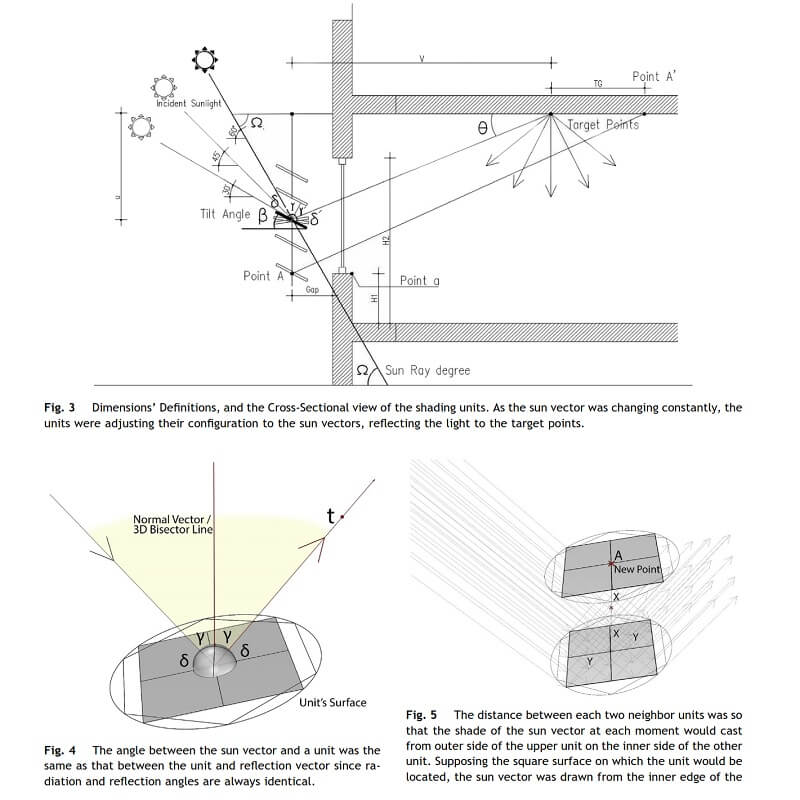 In this research by Sahba Samadi, Esmatullah Noorzai, Liliana O. Beltran and Saman Abbasi, daylight inside a building was improved by designing a kinetic shading system with independent units parametrically responding to sunlight through 3D rotation (around the centers of the units) and 2D movement (on the surface of the shading system).
In this research by Sahba Samadi, Esmatullah Noorzai, Liliana O. Beltran and Saman Abbasi, daylight inside a building was improved by designing a kinetic shading system with independent units parametrically responding to sunlight through 3D rotation (around the centers of the units) and 2D movement (on the surface of the shading system).
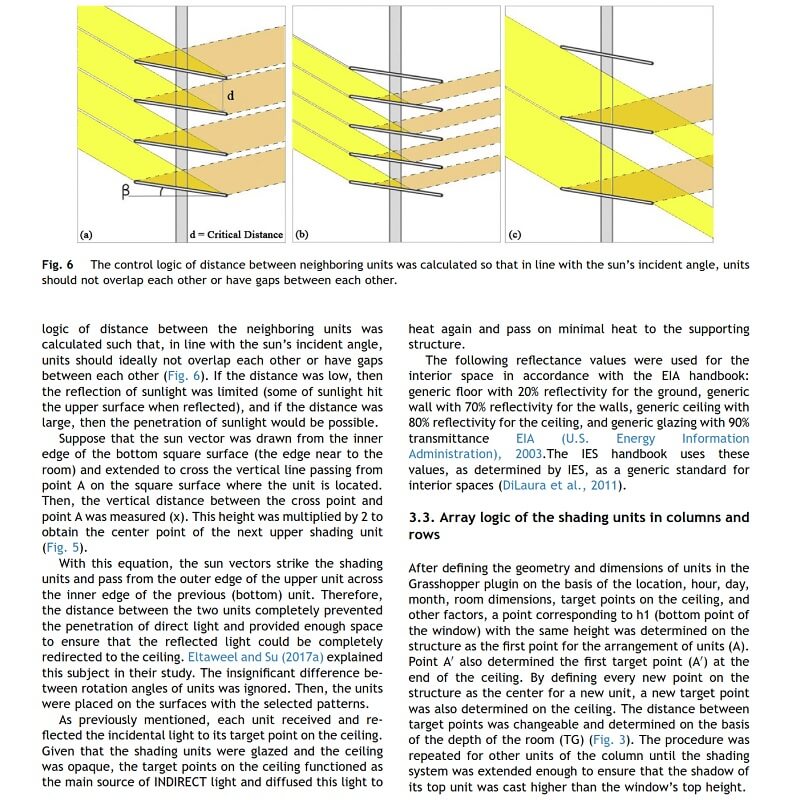 Various patterns were determined to create the unit’s basic form and allow the designer to have a wide range of options. The units were defined with the plugin “Grasshopper.” Their rotation was parametrically controlled on the basis of sun path and weather data by using “Honeybee” and “Ladybug” plugins to pro- vide constant optimized daylighting inside the building. Results showed that the use of such a shading system in optimal situations can greatly increase the efficiency of indoor daylight.
Various patterns were determined to create the unit’s basic form and allow the designer to have a wide range of options. The units were defined with the plugin “Grasshopper.” Their rotation was parametrically controlled on the basis of sun path and weather data by using “Honeybee” and “Ladybug” plugins to pro- vide constant optimized daylighting inside the building. Results showed that the use of such a shading system in optimal situations can greatly increase the efficiency of indoor daylight.
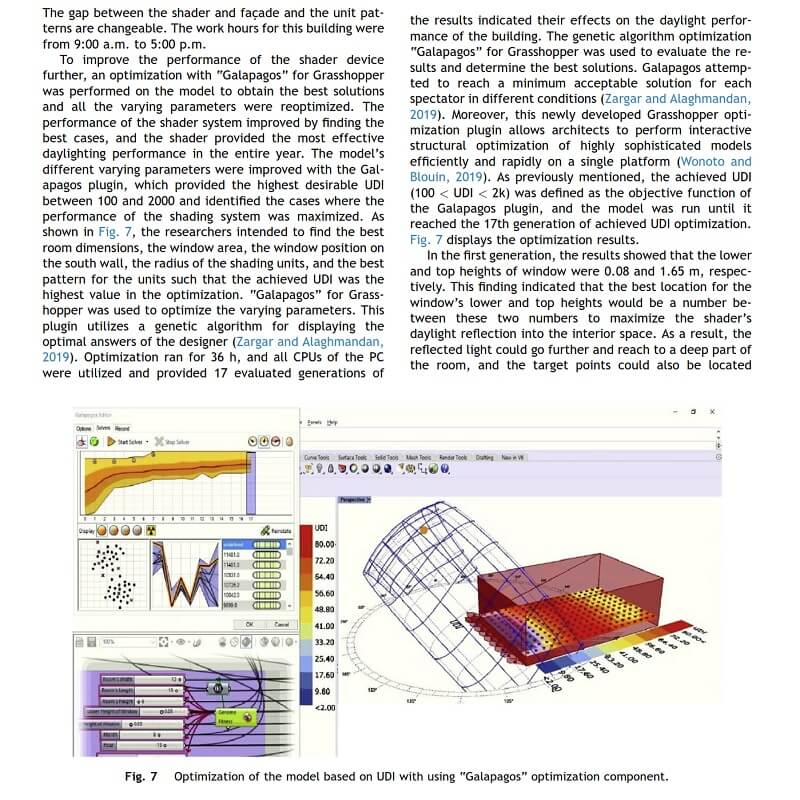
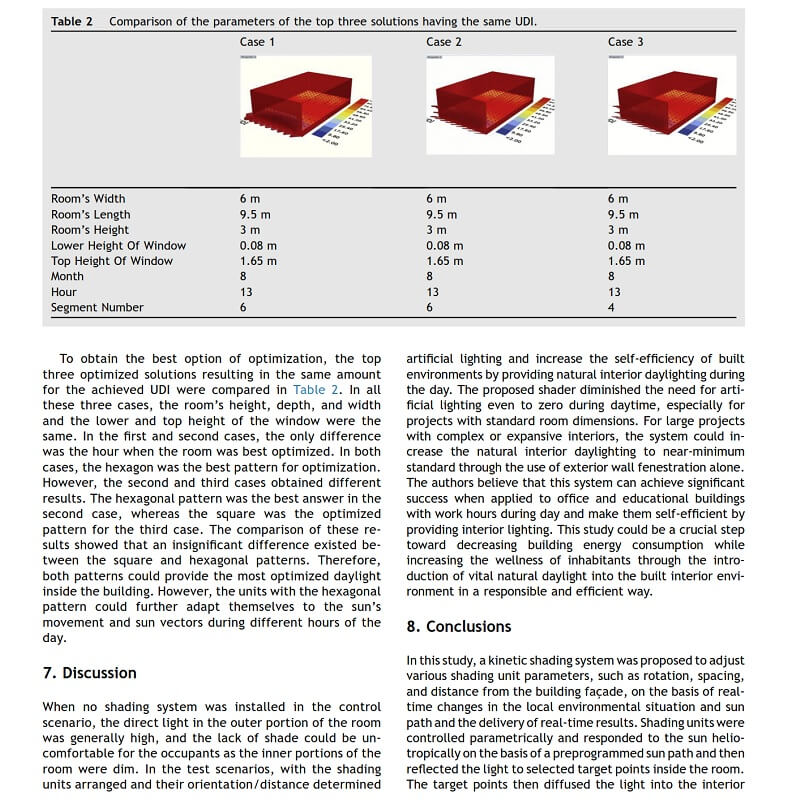


























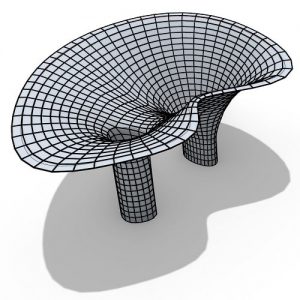
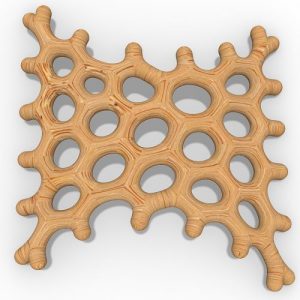
Comments